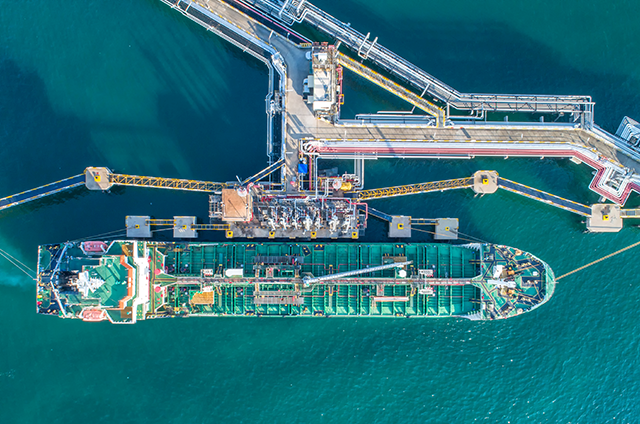The Cardón refinery (Cardón), part of the Complejo Refinador de Paraguaná (CRP | English: Paraguana Refining Complex) in northwestern Venezuela. CRP has a nominal capacity of 971 MBD, and consists of refineries: Amuay (645 MBD), Cardón (310 MBD), located in the Paraguaná Peninsula, and the Bajo Grande refinery in Zulia state, with a capacity of 16 MBD, destined for the production of asphalt.
Cardón is a critical facility operated by state-owned PDVSA. Established in 1949 by Royal Dutch Shell, it began with an initial capacity of 50,000 barrels per day (bpd) and has since expanded to 310,000 bpd of crude processing capacity.
A $1.7 billion modernization in 1994 introduced deep-conversion technology for residuals, making Cardón one of the world’s most advanced refineries at the time. Despite this, years of underfunding and U.S. sanctions have led to deteriorated infrastructure and reliance on foreign assistance (e.g., Iran) for repairs.
Key Processes and Technology Providers:
- Crude Distillation: Four distillation units process crude oil, primarily sourced from Venezuelan fields (e.g., Zulia State and eastern coastal regions).
- Fluid Catalytic Cracking (FCC): An 88,000 bpd FCC unit converts heavy oil into gasoline, though it has faced frequent outages due to maintenance issues.
- Naphtha Reforming: A reformer with a capacity of 45,000–54,000 bpd produces high-octane gasoline components (e.g., 102-octane "lomito").
- Hydrodesulfurization: Installed in 1970, this was Venezuela’s first unit to reduce sulfur content in fuels.
- Oxygenated Manufacturing: MTBE-Tame plants, added in the 1990s, enable production of environmentally compliant, unleaded gasoline.
Feedstock and Products:
- Feedstock: Heavy crude from Venezuelan fields (e.g., Petropiar and Petromonagas joint ventures) and imported alkylate from Iran for blending.
- Products: High-octane gasoline (up to 102 octane), lubricants, asphalt, and other petroleum derivatives.
Recent Operational Status:
As of 2025, the refinery operates below capacity due to chronic underinvestment and infrastructure challenges. The FCC unit, restarted in 2025 after a year-long halt, processes ~26,000 bpd (30% of capacity), while the naphtha reformer produces ~28,000 bpd. Crude distillation runs at ~50,000 bpd by early May 2025, far below its 310,000 bpd capacity.















